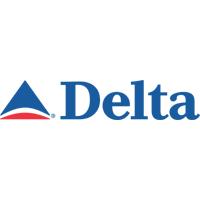As we learned in our research, Americans are undoubtedly aware of the current economic struggles. And large companies aren’t oblivious to this either. The reminders pervade media forms of all kinds: newspaper headlines, popular rap song lyrics, credit card commercials, etc.
Although we focused on different American industries, we have all seen how companies of every kind are riding out the recession and applying new technologies. During these tough economic times, these new media features are especially critical tools in getting American consumers excited about spending money. Businesses in every industry – travel, food, music, sports, and movies – are aware that Americans are surfing the web, and they are more than willing to take advantage of this trend: from P2P music sharing to Burger King video contests via their official website and everywhere in between.
We are in the digital age, and the truth is, companies and organizations need to realize this if they want to survive in this suffering economy. As technology rapidly evolves and changes, so too do trends in mass media. The shift to an increase in digital media means a shift to a digital economy. Most of us can take care of our bills and banking online – now it merely seems like numbers on a computer screen rather than your life savings. But companies are relying on this in an attempt to survive. They use digital technology to advertise how easy-to-use their products are, making them more appealing to a mass audience.
As you have read, the different industries all play a vital role in the economy. While each one is individualized, it has its own niche. This example of demassification shows the fragmentation of American society and how there are varied interests among citizens. Some are music lovers, some love to travel, and some Americans just love to eat. Even though there is demassification, there are also new conceptions of community. Our separate interests allow us to join new groups where we can interact with those who share our same values and interests. Blogs allow for followers and others to share their ideas and experiences. Music lovers can use sites to talk about the newest music releases, and food lovers can write about cheap new finds. These new communities allow for convergence of media sources. YouTube has been a huge success for advertising for all industries, along with social media sites for the younger generations.
Despite the distinctive qualities that separate our industries of focus, they are all united and affected by the economy and media. No matter how creative or scientific a company might be, they can never predict just where technology and economics will lead society next.
As shown in our study of media in the American economy, all of these industries seem to be hovering toward a complete switch to digital media, be it for advertising, accepting consumer response, for convenience and accessibility, or even security. Even though we cannot predict in what direction society will go next, it is clear that most industries are banking on a digital market to bring (or keep) them out of the hole.
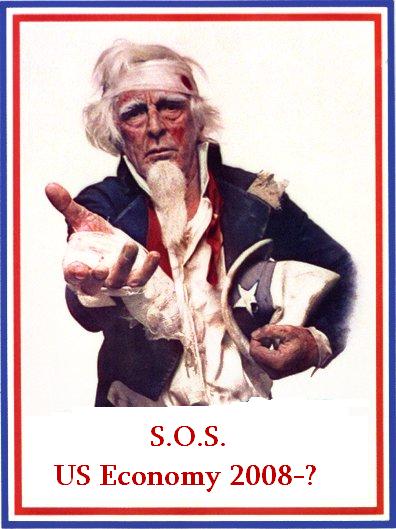

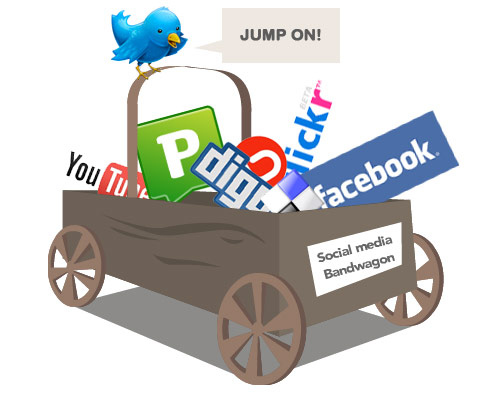
 The 2009-2010 economic downturn has without a doubt impacted virtually every sector of the entertainment marketplace, it has also accelerated and intensified the digital migration among both providers and consumers of content. Direct digital distribution is beginning to surface as a major way of providing movies to audiences online. According to the
The 2009-2010 economic downturn has without a doubt impacted virtually every sector of the entertainment marketplace, it has also accelerated and intensified the digital migration among both providers and consumers of content. Direct digital distribution is beginning to surface as a major way of providing movies to audiences online. According to the 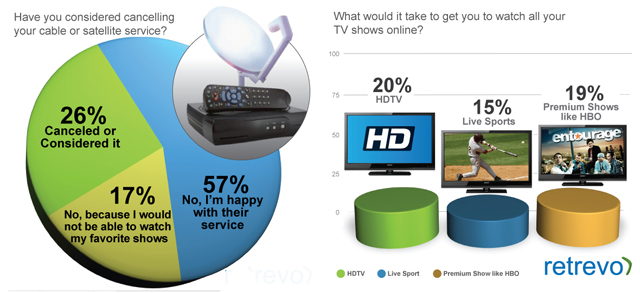
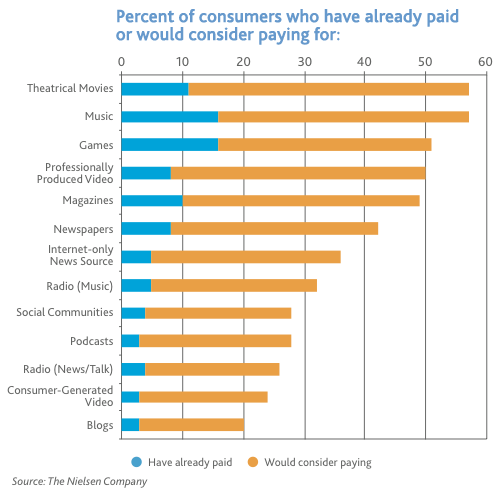






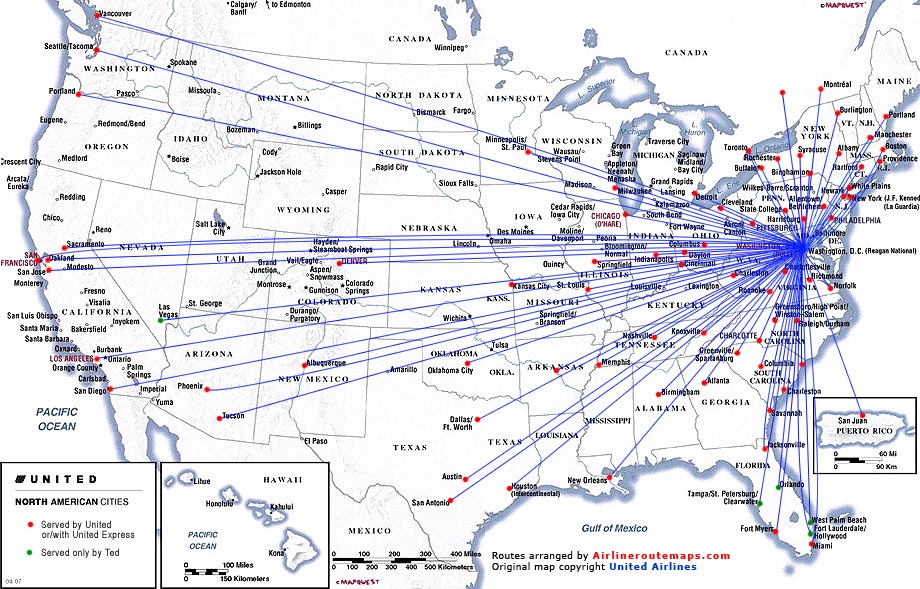


 Could it be the end of the long held relationship between marketers and entertainment producers? Advertisers are shifting from television to digital media. An increasing number of marketers are using social and digital media to reach certain demographics and raise brand awareness.
Could it be the end of the long held relationship between marketers and entertainment producers? Advertisers are shifting from television to digital media. An increasing number of marketers are using social and digital media to reach certain demographics and raise brand awareness.
 It will be interesting to see how product placement companies react to brands’ growing interests in the new opportunities and low-cost options provided by digital media. As
It will be interesting to see how product placement companies react to brands’ growing interests in the new opportunities and low-cost options provided by digital media. As 

